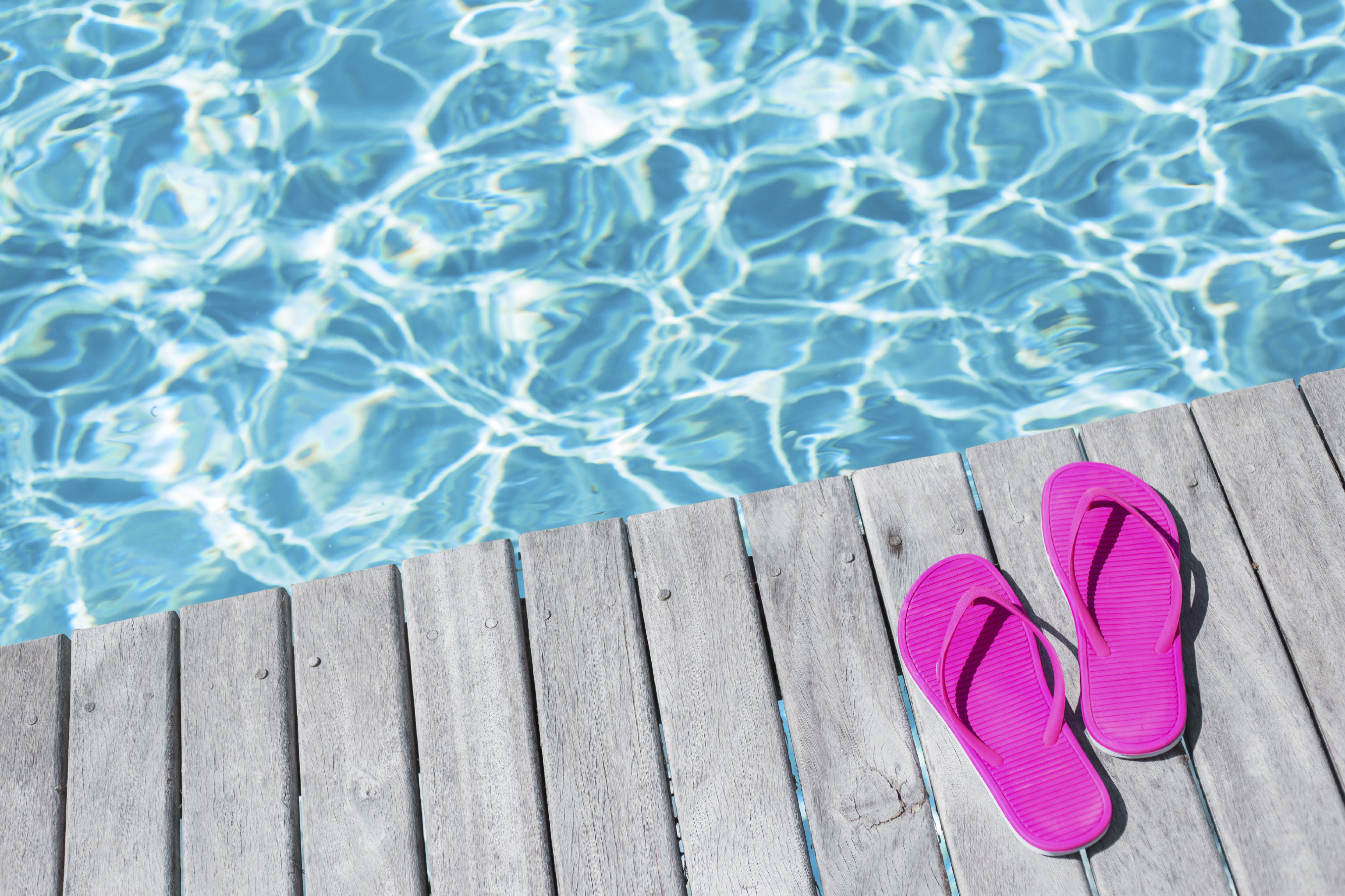
Last Thursday marked six years since Blake Collingsworth's toddler, Joshua, drowned in their Nebraska swimming pool during a family gathering. “My wife, Kathy, was prepping food for the guests and I decided to leave the pool area to go change. Joshua was playing with his nephews in the basement,” he recalls. “I heard Kathy call out if I had seen Joshua. Then she screamed. She had looked outside and seen him in the pool.”
From what Collingsworth can piece together about that sunny day in 2008, his 2-and-a-half-year-old found his older brother’s water gun, tried to fill it with pool water and fell in.
Determined to prevent such deaths in other families, Collingsworth wrote a children's book, Josh the Baby Otter, to teach young kids to stay away from water unless they are accompanied by an adult. He and his wife also run the Josh the Otter Water Safety & Awareness Project through the memorial foundation they founded in their son's honor.
“I created Josh the Otter so kids can learn the different ways they need to be safe in water, like learning how to float on their backs,” says Collingsworth. “Parents need to start teaching children as soon as they can comprehend that being in water is not something you do alone.”
In the United States, drowning is the second leading cause of unintentional death in children ages 1 to 14; every year, 350 American children under the age of five drown in pools. While Collingsworth believes there’s no one solution to solving the vast problem of drowning, he hopes to inform the way families interact with water.
Thankfully, such changes are already underway. In 2010, the American Academy of Pediatrics lowered the recommended age for swim lessons from 4 to 1.
Indeed, lack of swim lessons is one of the main reasons that drowning is the leading cause of accidental death, says Sue Mackie, executive director at the U.S. Swim School Association.
“The fact that there is water everywhere — local swimming pool, backyard pools, lakes, rivers, oceans — means the risk [of drowning] is always present,” she says. “If you have small children, teach them how to swim. Teach them to respect the water and understand that they are never to go in the water by themselves.”
If you have a pool or will be visiting someone who does, make sure the pool is fenced with a self-latching gate closure, says Mackie. She also recommends creating a verbal cue. “For toddlers, get in the water and have your child wait on the edge or the step,” she explains. “When you are ready, use a cue that works for your child’s age. For example, 'One. Two. Three. Go!' If they jump in without that cue, make them get out and wait.” This method, which Mackie says she’s used effectively hundreds of time, works best if you start consistently using it when your child is young.
A victim of drowning usually slips under the water unnoticed. No sound, no fanfare — just gone.
“Even if you have a baby that you feel is too young, give him or her the same cue at age 6 months as you do at 2 years,” she says. “You are conditioning your child to wait until you are ready and aware that he or she is entering the water.”

Know the signs of drowning, adds Mackie. “When drowning is portrayed on TV or in the movies, it’s typically someone flailing their arms and trying to yell for help,” she says. “In reality, the victim usually slips under the water unnoticed. No sound, no fanfare — just gone.”
If you suspect someone is drowning, immediately have someone call 9-1-1, says Mackie. “If you can, also alert a lifeguard who is trained to do a rescue,” she says. “If there are no other dangers such as a strong current or deep water, wade in and try to reach out with an object to assist that person.” Use a stick, pool noodle, towel or flotation device but, she notes, reach or throw. Don’t go in yourself.
Being that extra set of eyes watching people in or near water is vital as summer heats up. And start talking to your child about water safety.
“We looked at what happened with Josh that day,” says Collingsworth. “I had a lot of barriers of entry in place [around our pool]. I thought when he was around the water I’d be with him. I didn’t bother to say, ‘Hey, you never come out here by the pool unless you have Mom, Dad, Grandma or Grandpa with you. This is a not a by-yourself activity.’ I taught him how to swing a golf club, but I never had that simple conversation with him.”











